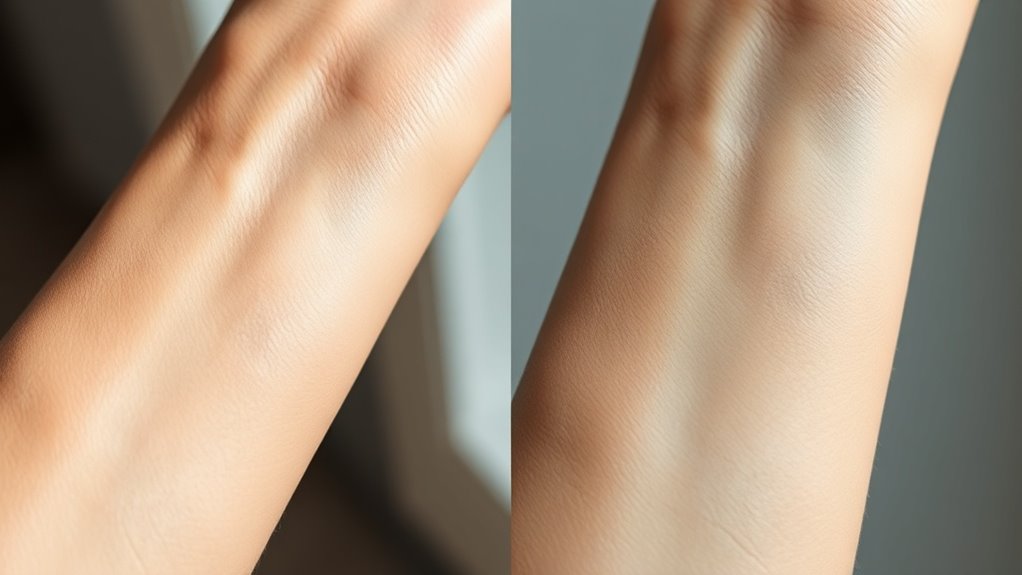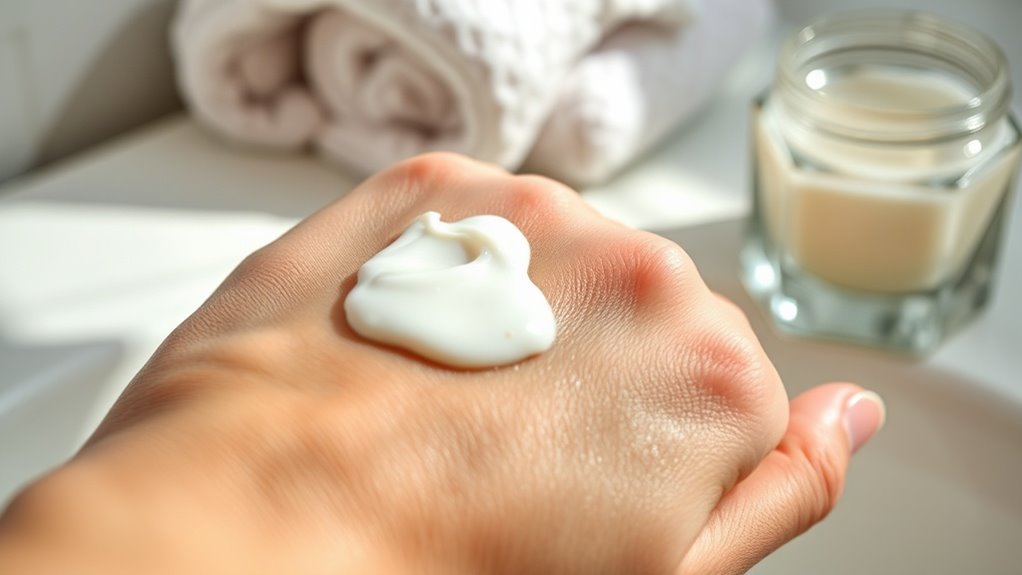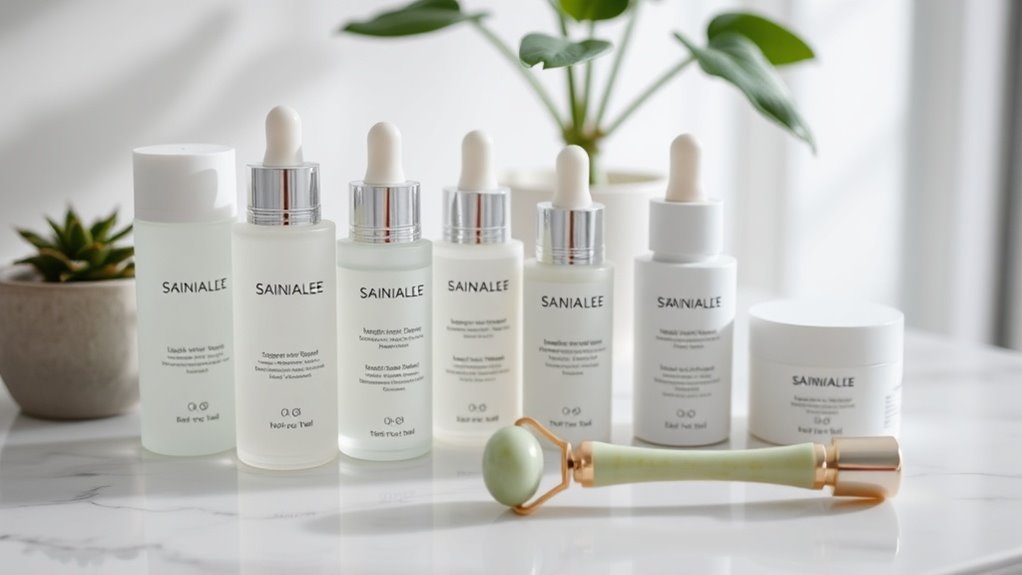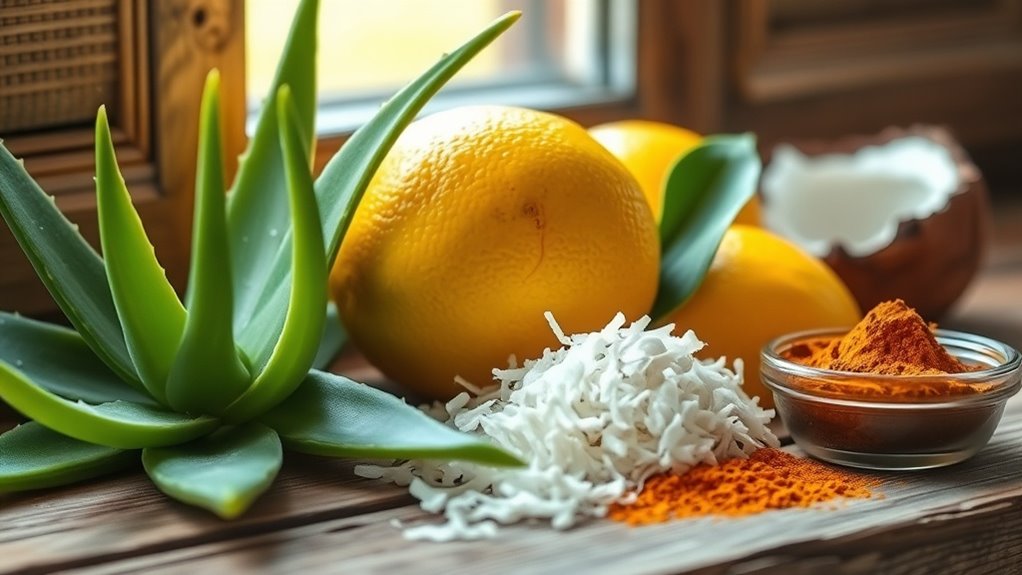The Difference Between Dry and Dehydrated Skin (and Why It Matters)
Key Takeaways
- Dry skin lacks natural oils, resulting in brittleness and roughness, while dehydrated skin lacks water, leading to tightness and dullness.
- Dry skin can be a long-term skin type; dehydrated skin can affect all skin types and is often temporary.
- Identifying whether skin is dry or dehydrated is essential for selecting the appropriate skincare routine and products.
- Effective treatment for dry skin includes using emollient moisturizers, while hydration for dehydrated skin focuses on water intake and hydrating ingredients.
- Both conditions require tailored approaches, emphasizing moisture retention for dry skin and immediate hydration for dehydrated skin.
Understanding Dry Skin: Causes and Characteristics
Dry skin, a common dermatological condition, occurs when your skin loses its natural moisture and becomes brittle, rough, or flaky. Unlike dehydrated skin, which lacks water, dry skin has insufficient lipids. This condition can result from genetic factors, environmental elements, or medical conditions. Recognizing the difference between dry vs dehydrated skin is crucial for selecting the appropriate skincare treatments for your specific needs. Maintaining optimal skin hydration is essential for preventing both conditions and promoting overall skin health.
Exploring Dehydrated Skin: Causes and Symptoms
While dry skin primarily results from a lack of lipids, dehydrated skin is characterized by insufficient water content.
Common causes include environmental factors, such as low humidity, excessive sun exposure, and improper skincare.
Symptoms often manifest as tightness, flakiness, and a dull complexion.
You might also notice increased sensitivity and itching, revealing the urgent need for hydration to restore skin’s natural balance. To combat these issues, incorporating effective hydration techniques into your routine can significantly improve skin health.
Key Differences Between Dry and Dehydrated Skin
Understanding the distinctions between dry and dehydrated skin is crucial for effective skincare. Dry skin lacks oil and often feels rough or flaky, while dehydrated skin lacks water, leading to tightness and dullness. Dry skin is often a skin type, while dehydration can affect any skin type. Identifying these differences helps you tailor your skincare routine for optimal hydration and moisture retention. Incorporating ingredients like hyaluronic acid can significantly enhance moisturizing benefits for both dry and dehydrated skin.
Effective Treatment Strategies for Dry Skin
When faced with dry skin, implementing a targeted treatment strategy is essential for restoring moisture and improving skin texture.
Start by using a rich, emollient moisturizer that contains ingredients like ceramides and hyaluronic acid. Incorporate gentle cleansers to avoid stripping natural oils.
Additionally, consider using humidifiers to increase moisture in your environment, promoting better skin hydration and overall health. To enhance effectiveness, explore layering techniques for optimal moisture retention throughout the day.
Managing Dehydrated Skin: Tips and Tricks
Managing dehydrated skin effectively requires a multifaceted approach that focuses on both external and internal hydration. Incorporate these tips into your routine:
-
Drink sufficient water daily to maintain bodily hydration.
-
Use a humidifier to add moisture to the air, especially in dry environments.
-
Choose hydrating skincare products containing hyaluronic acid.
-
Avoid hot showers, which can strip natural moisture from your skin.





